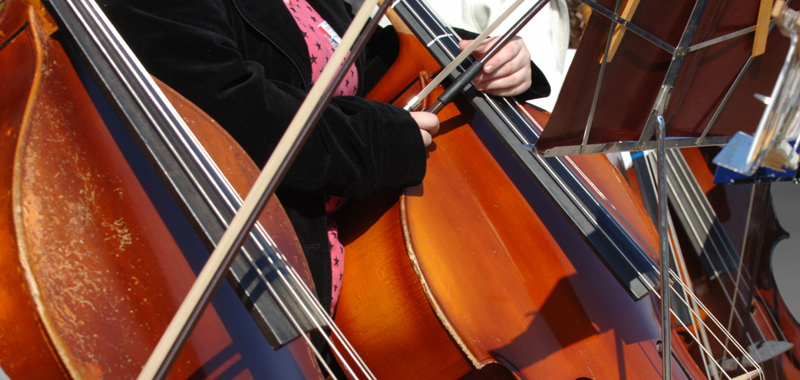Orchestra liability for hearing damage cellis
Arnhem Court of Appeal 18 August 2009
Last week, the court ruled in an already nine-year-long court case in which a cellist, employed by the Arnhem Philharmonic Orchestra since 1974, held his employer liable for hearing damage that he said was the result of noise exposure during rehearsals and concerts.
The Arnhem subdistrict court ordered the orchestra to compensate the employee's damages. The orchestra appealed against that ruling. In an interlocutory judgment in March 2008, the court of appeal considered that it had been sufficiently established that there was a causal connection between the cellist's hearing damage and his work with the orchestra. The orchestra, the court said, should have been aware of the risks of harmful noise levels in orchestras at least in the late 1980s, early 1990s. The employee had been exposed to harmful noise for a long time. He was also in the place where he was relatively exposed to many decibels, namely directly in front of the brass players. The orchestra was thus obliged to take appropriate measures to prevent the musician from being harmed in the performance of his duties. It followed from the orchestra's submissions that it did take some measures. However, their nature and extent could not be determined. For this reason, the court allowed the orchestra to prove that it had fulfilled its duty of care.
18 August 2009, the court also found in favour of the cellist. In the court's opinion, the orchestra had taken insufficient measures to prevent long-term exposure to harmful noise. The various witness statements did show that the orchestra tried all kinds of measures, but these were - in the opinion of the court - too easily abandoned when such a measure turned out to have (also) disadvantages. For instance, the earplugs provided by the orchestra were not used (enough). The cellist had indicated to the employer that he did not find the earplugs useful and did not want to wear them. When he used the earplugs for more than 10 minutes, pressure arose and he felt isolated. The orchestra, the court said somewhat disparagingly, merely took that communication for notice. However, given its responsibility for the employee's safety, the employer should have taken a more active approach. Especially as the cellist had previously indicated serious hearing complaints. The orchestra failed to engage with employee to see how a solution could be found. The fact that employee did not consistently use the earplugs, the court said, did not outweigh the employer's failure to monitor compliance with their use. The fact that certain screens were present, which could only be used "when necessary" and "on request" was also deemed insufficient by the court.
The orchestra should have taken adequate measures and it should have actively enforced them. The orchestra could have changed the positions of the musicians, it could have rehearsed with less volume and it could have staggered the loud passages more, moreover, it should have monitored the use of screens and earplugs.
Tip: The court's judgment confirms the far-reaching responsibilities of employers to ensure the safety of their employees. Providing resources to protect safety is not enough. The employer must actively(!) monitor their use. If other measures are still possible, they should be taken. If the employer fails to do so, he is liable for the resulting personal injury.

